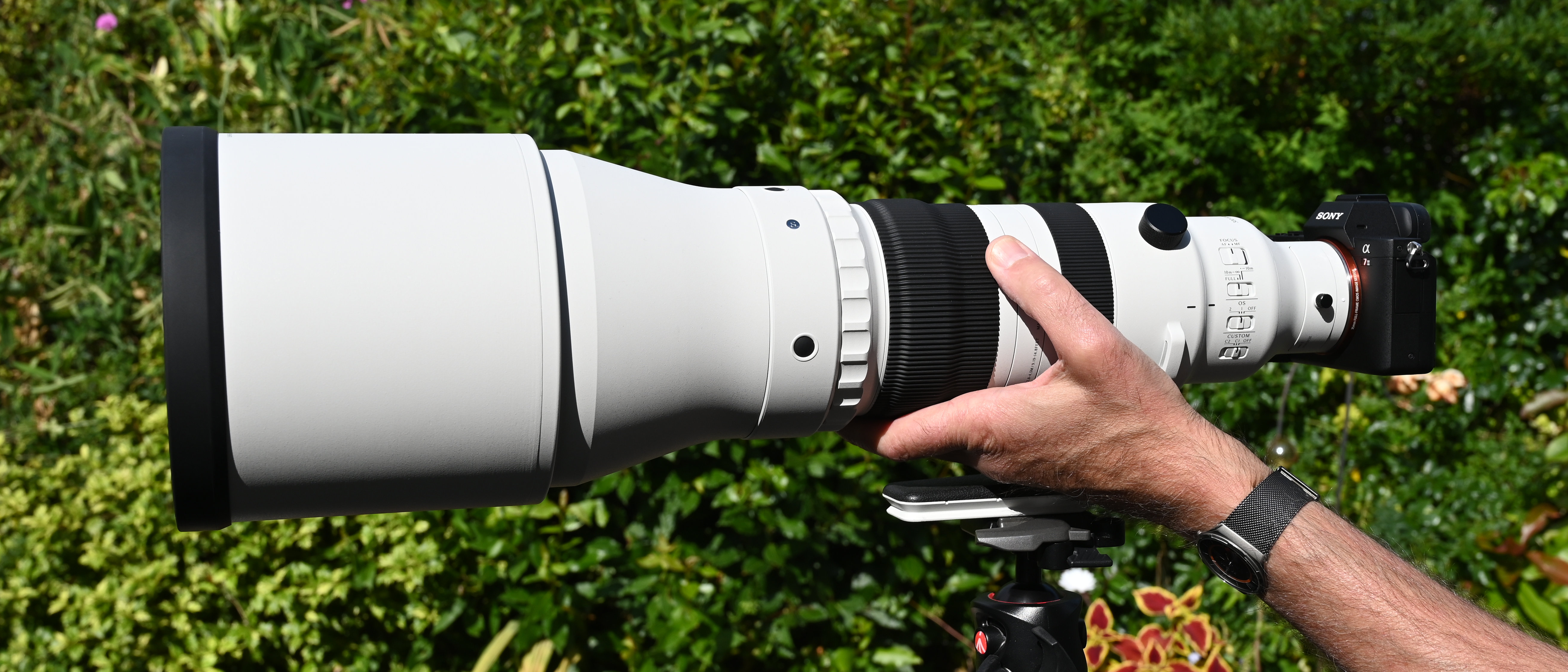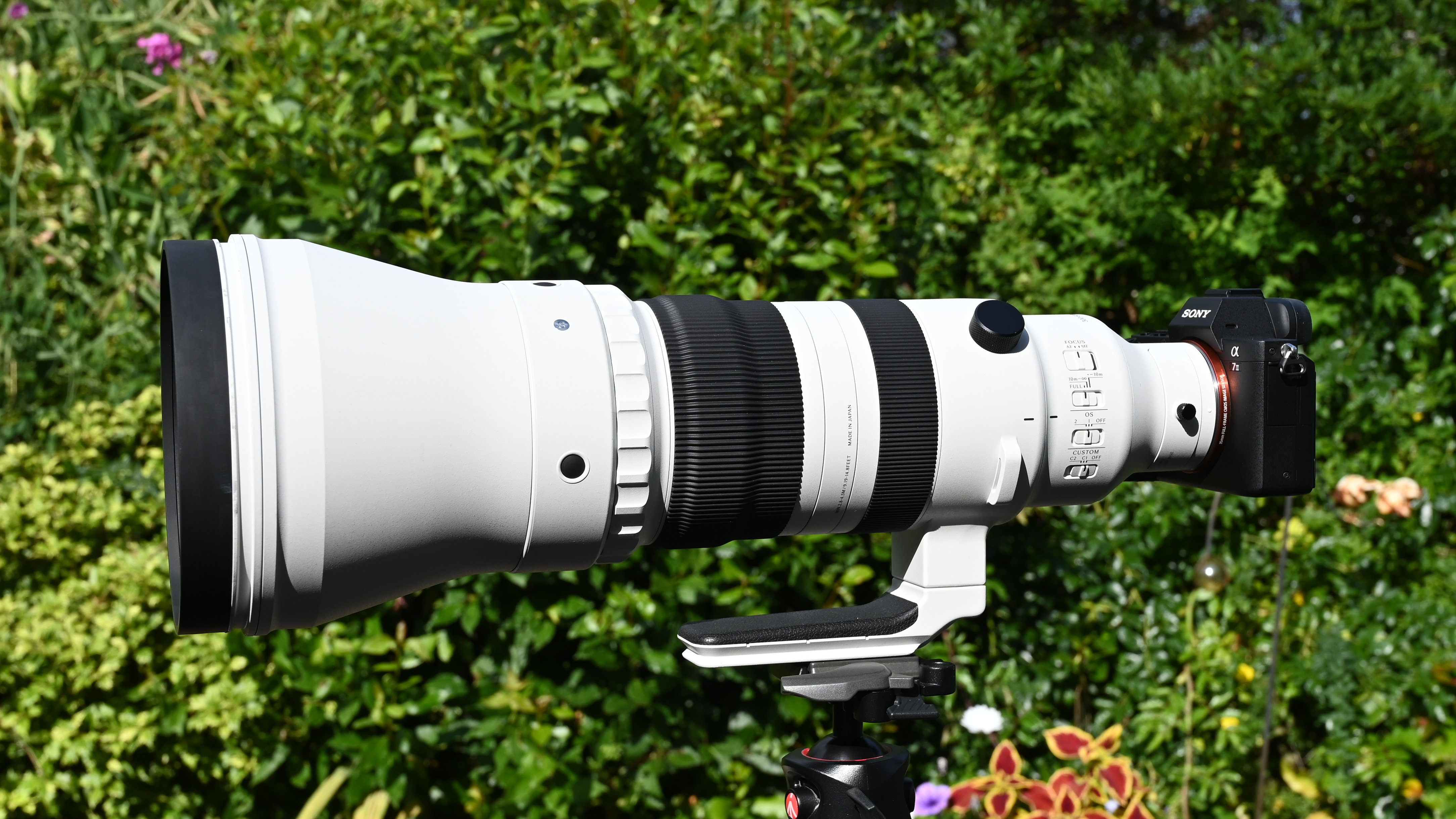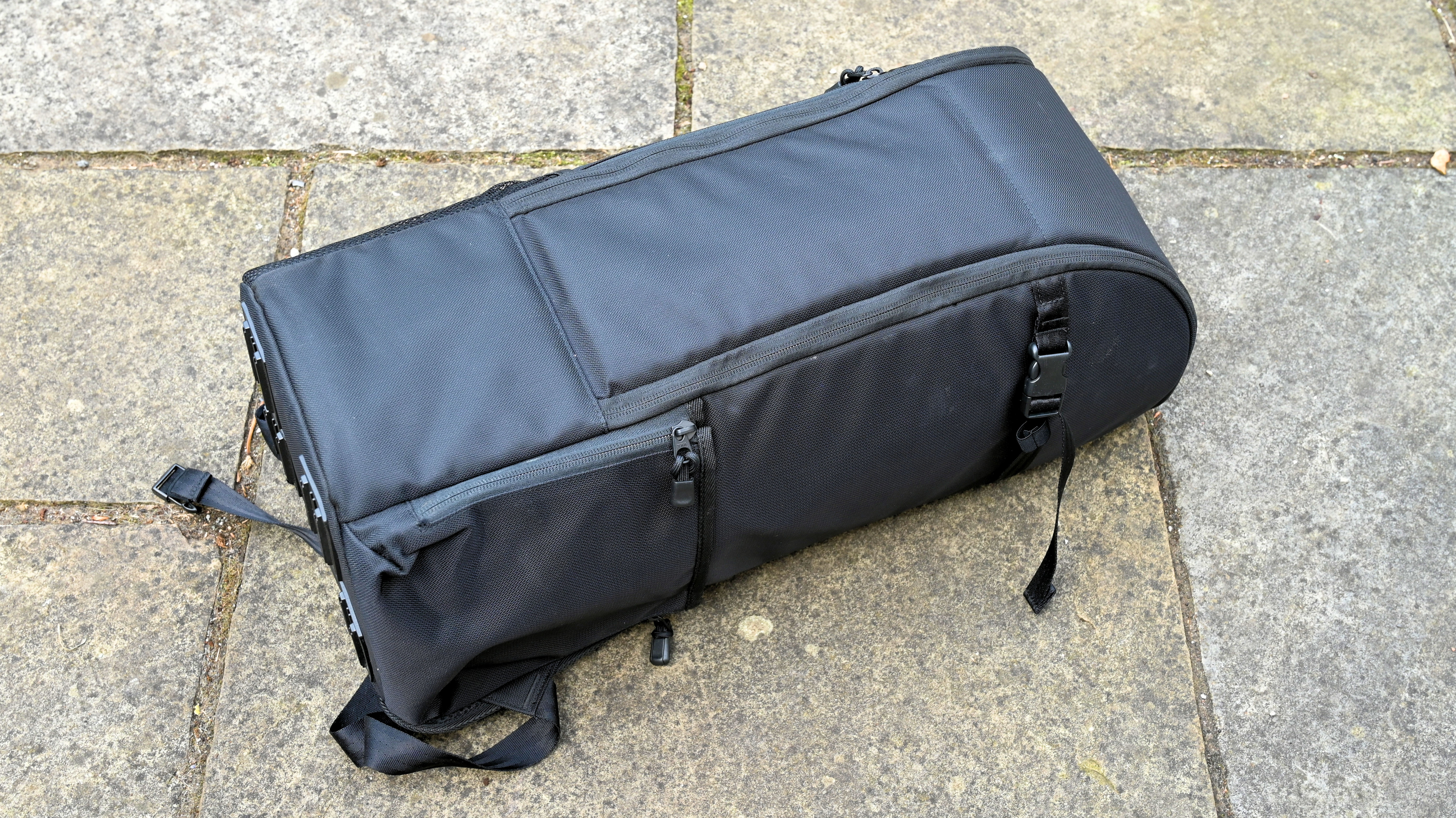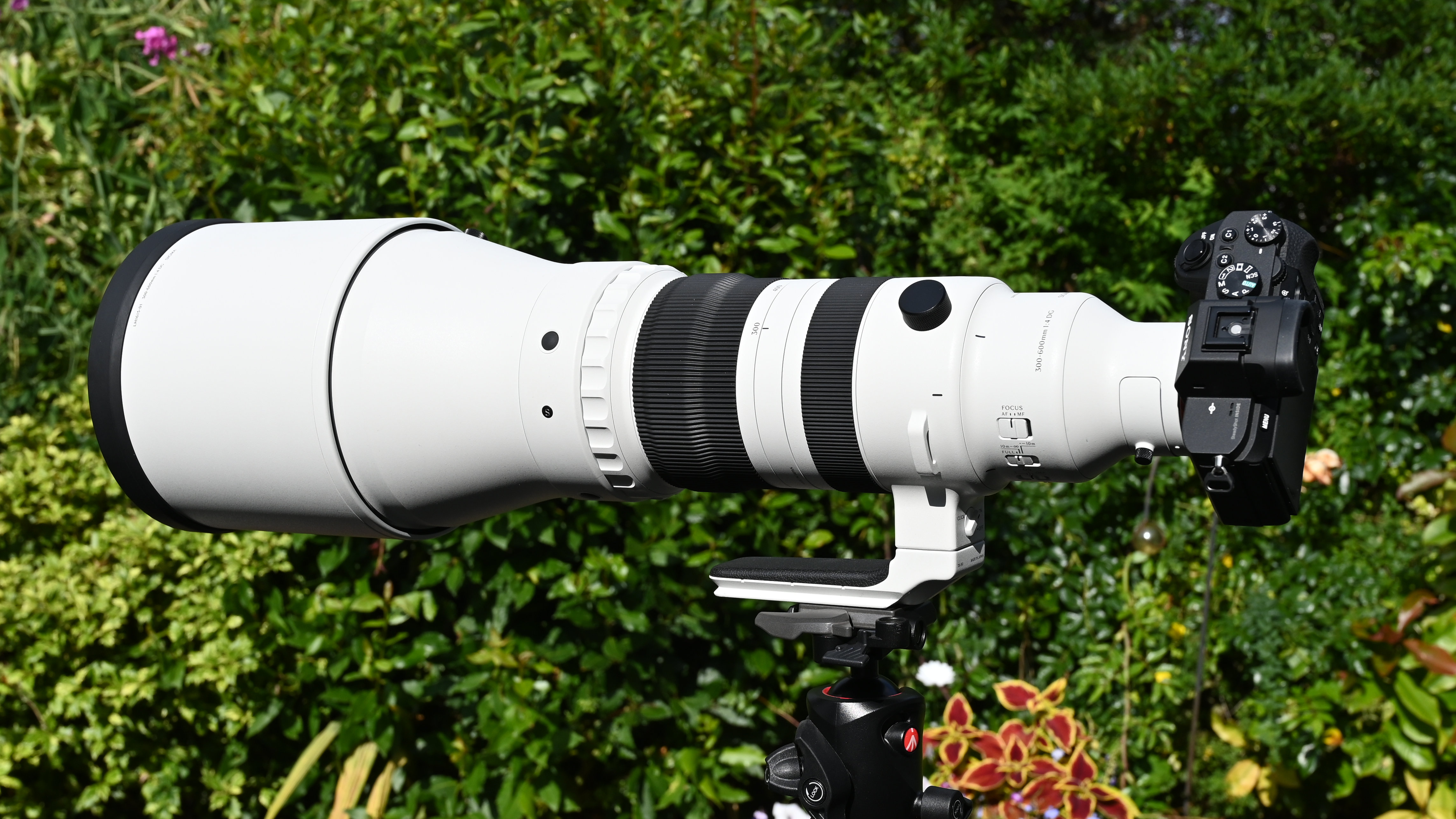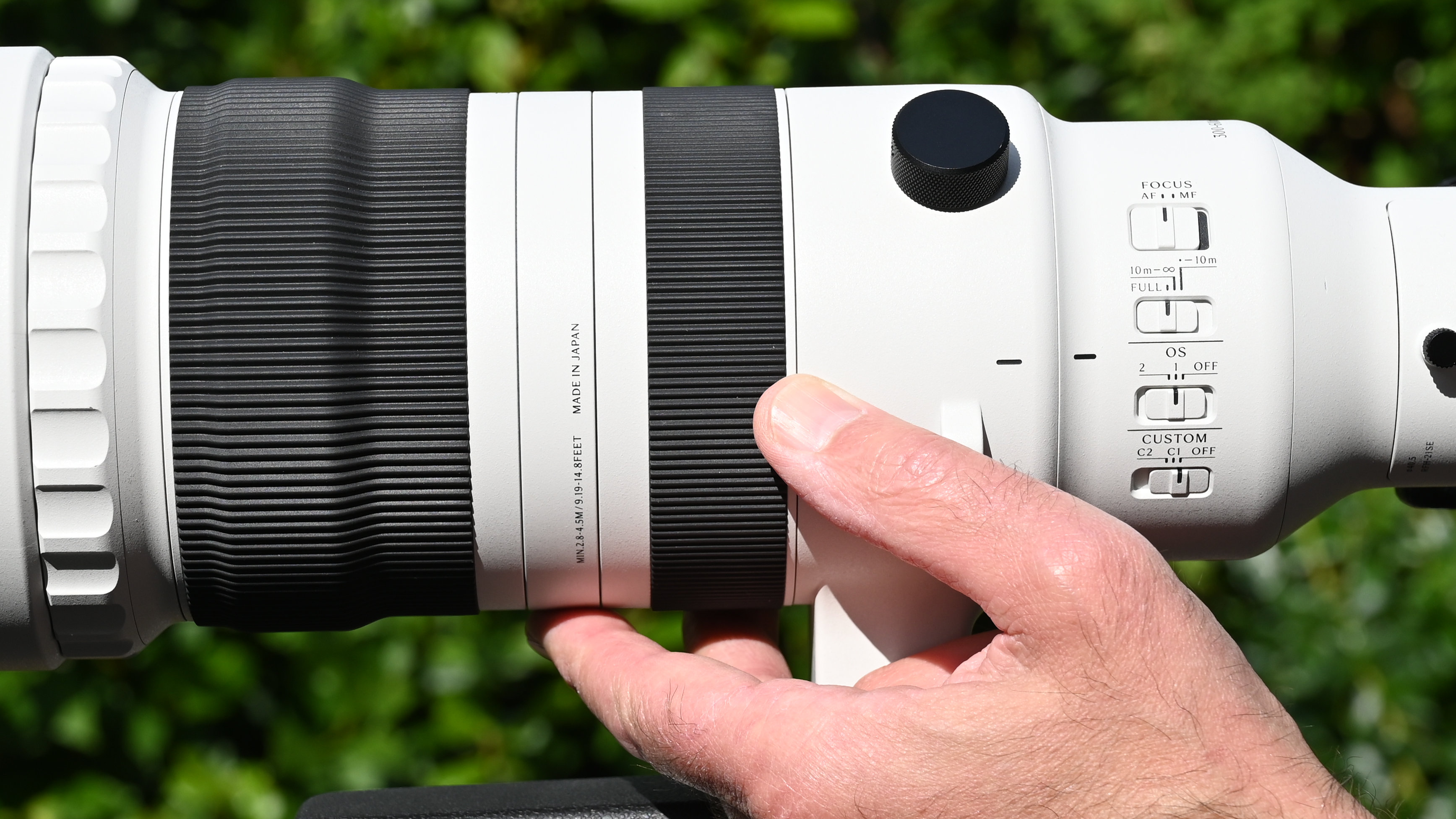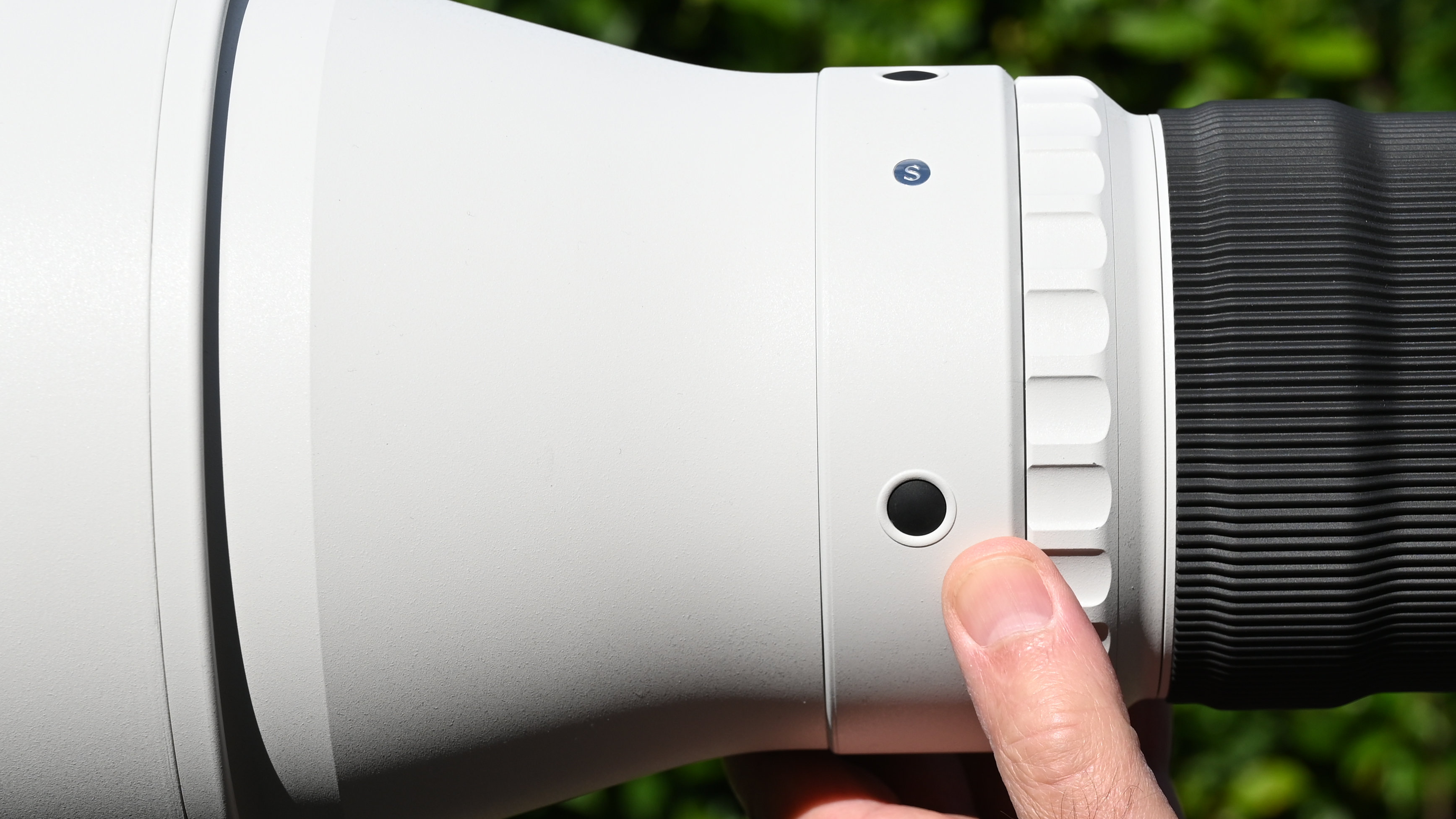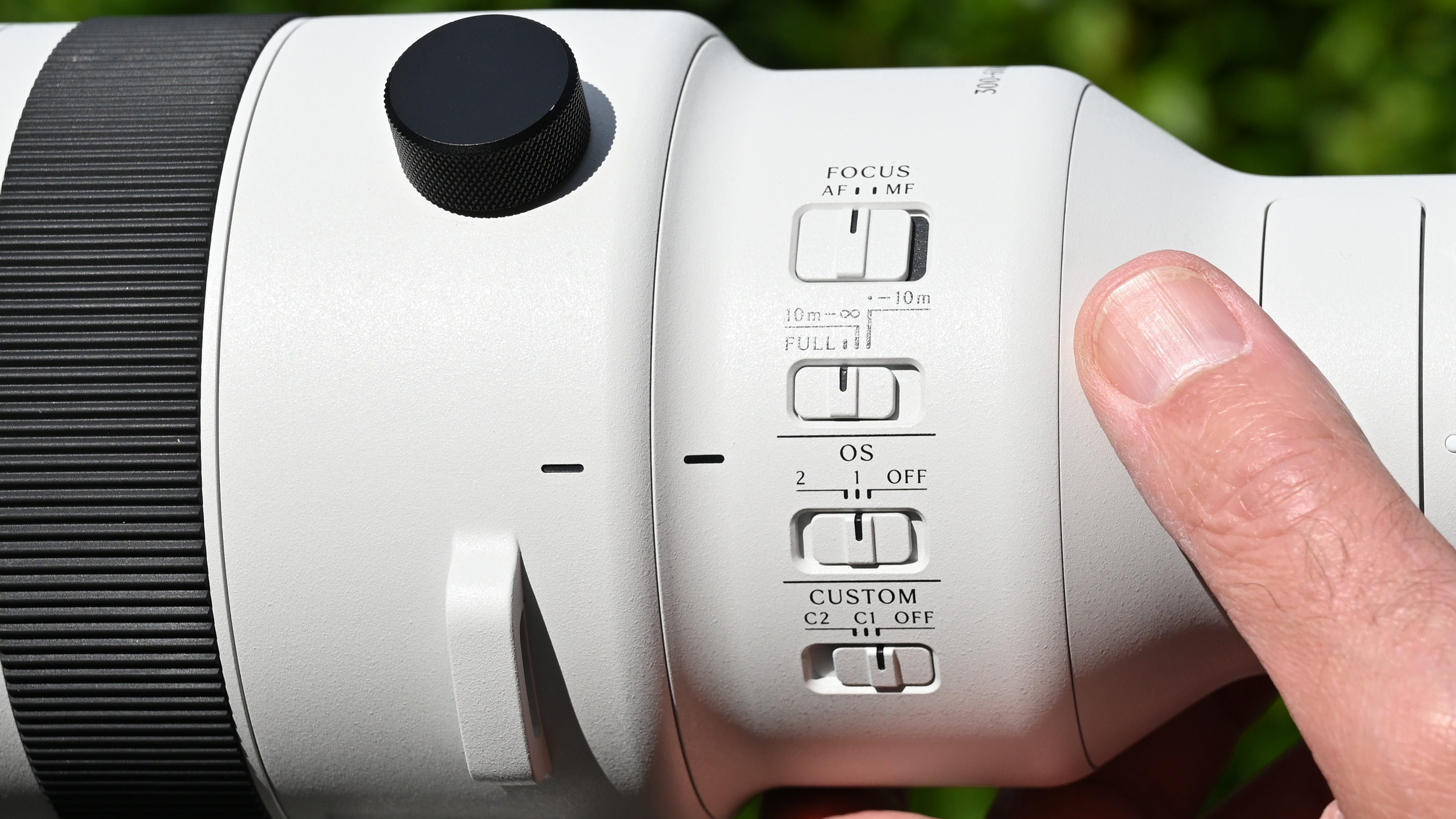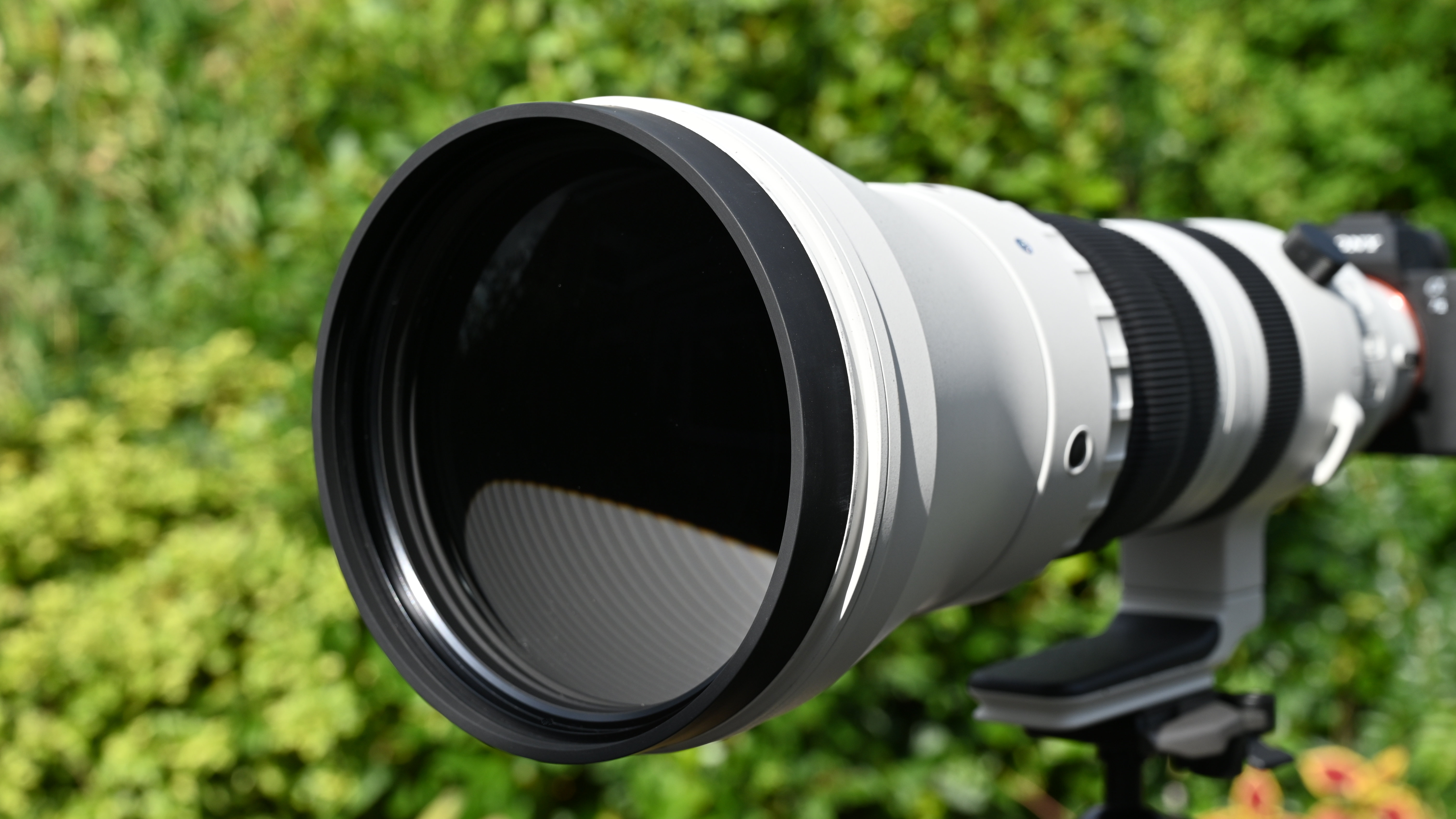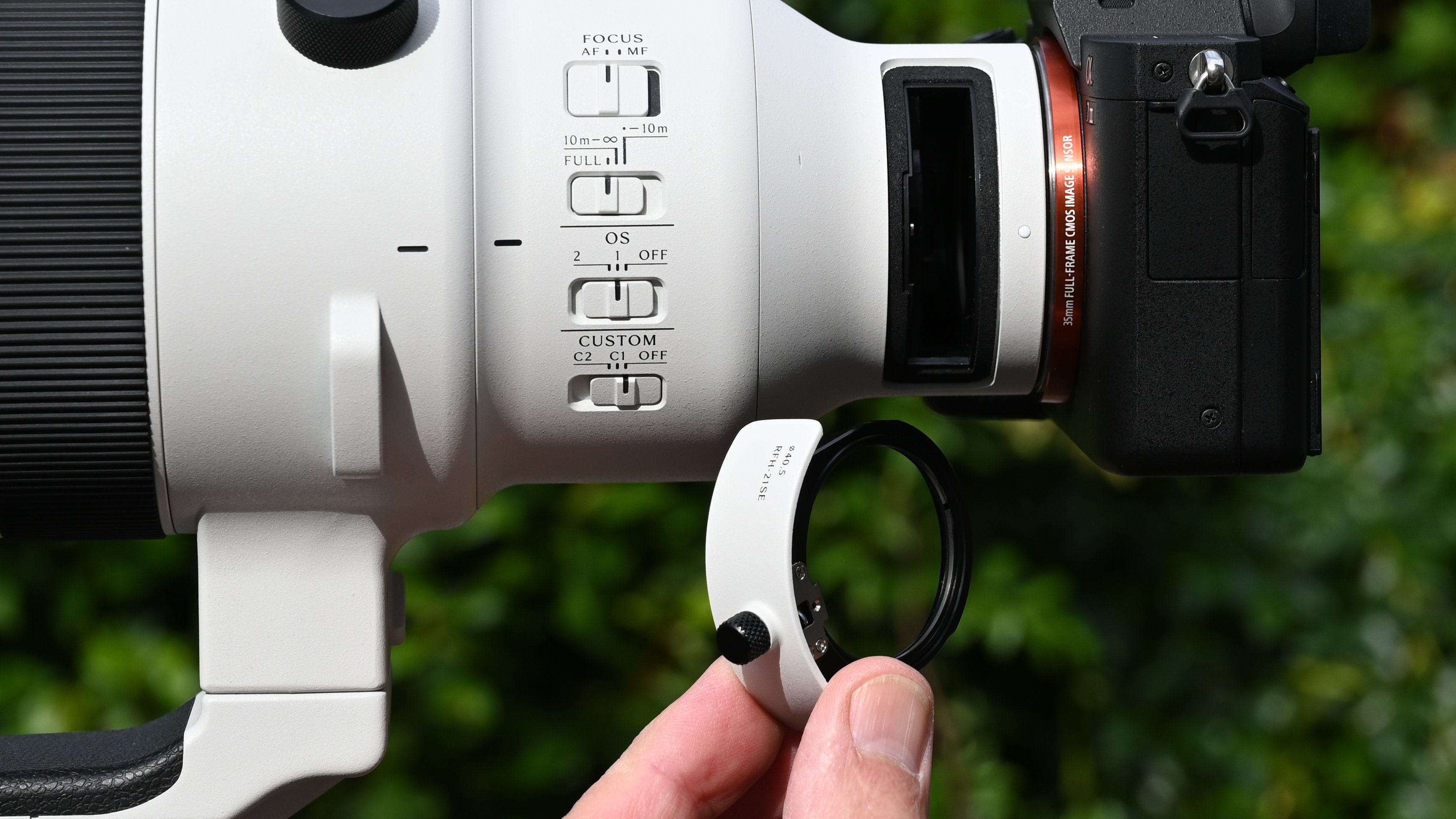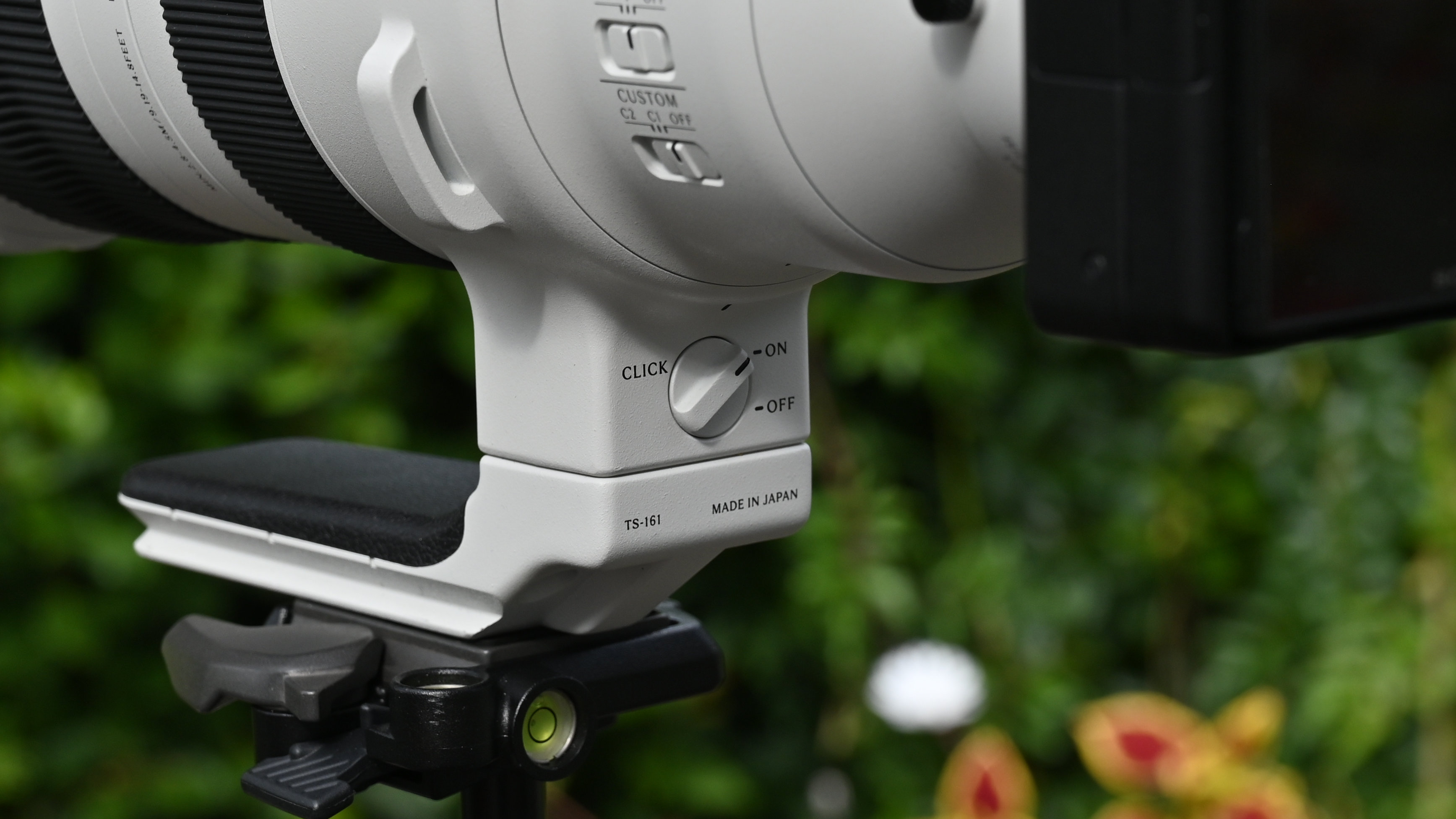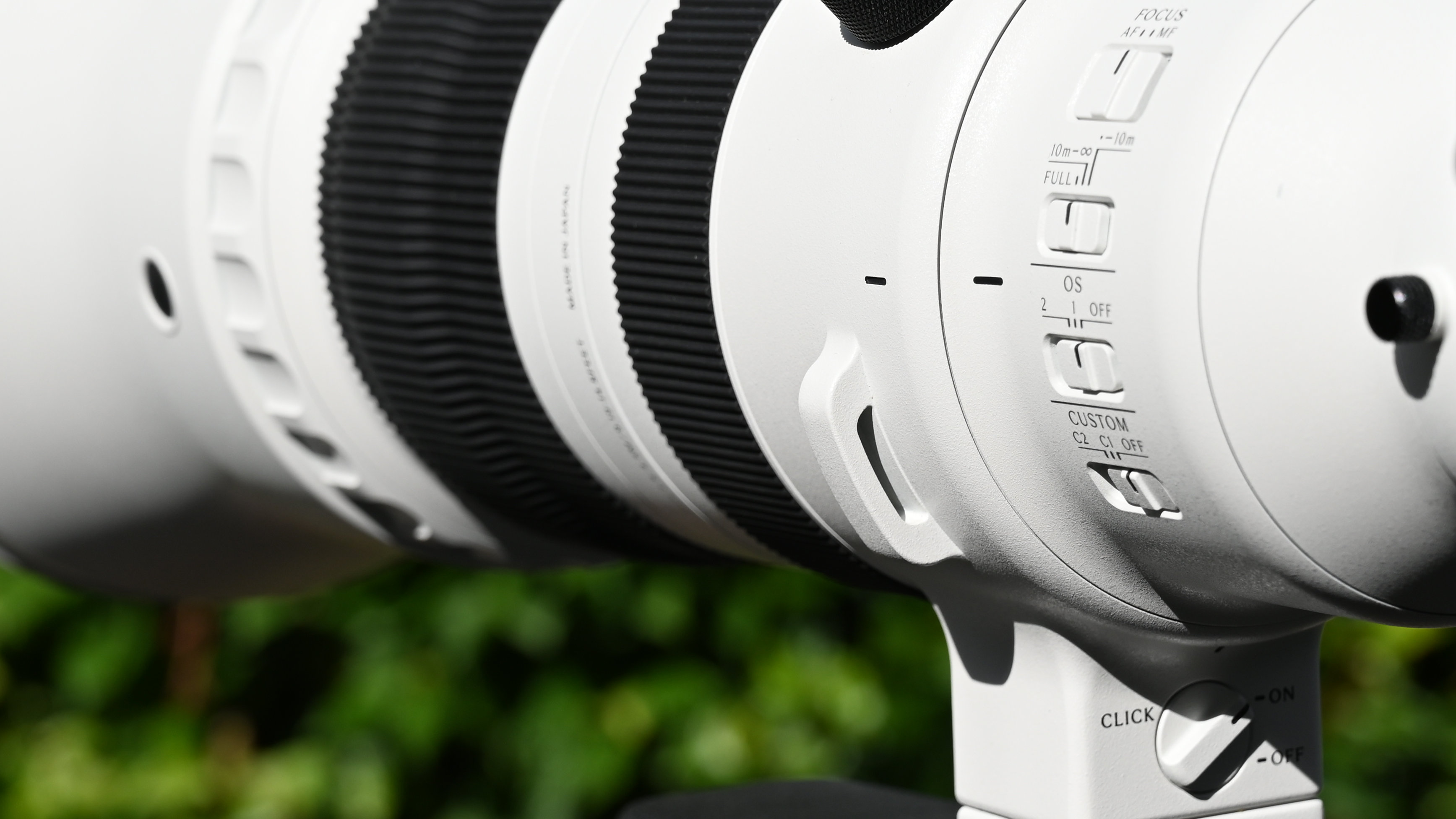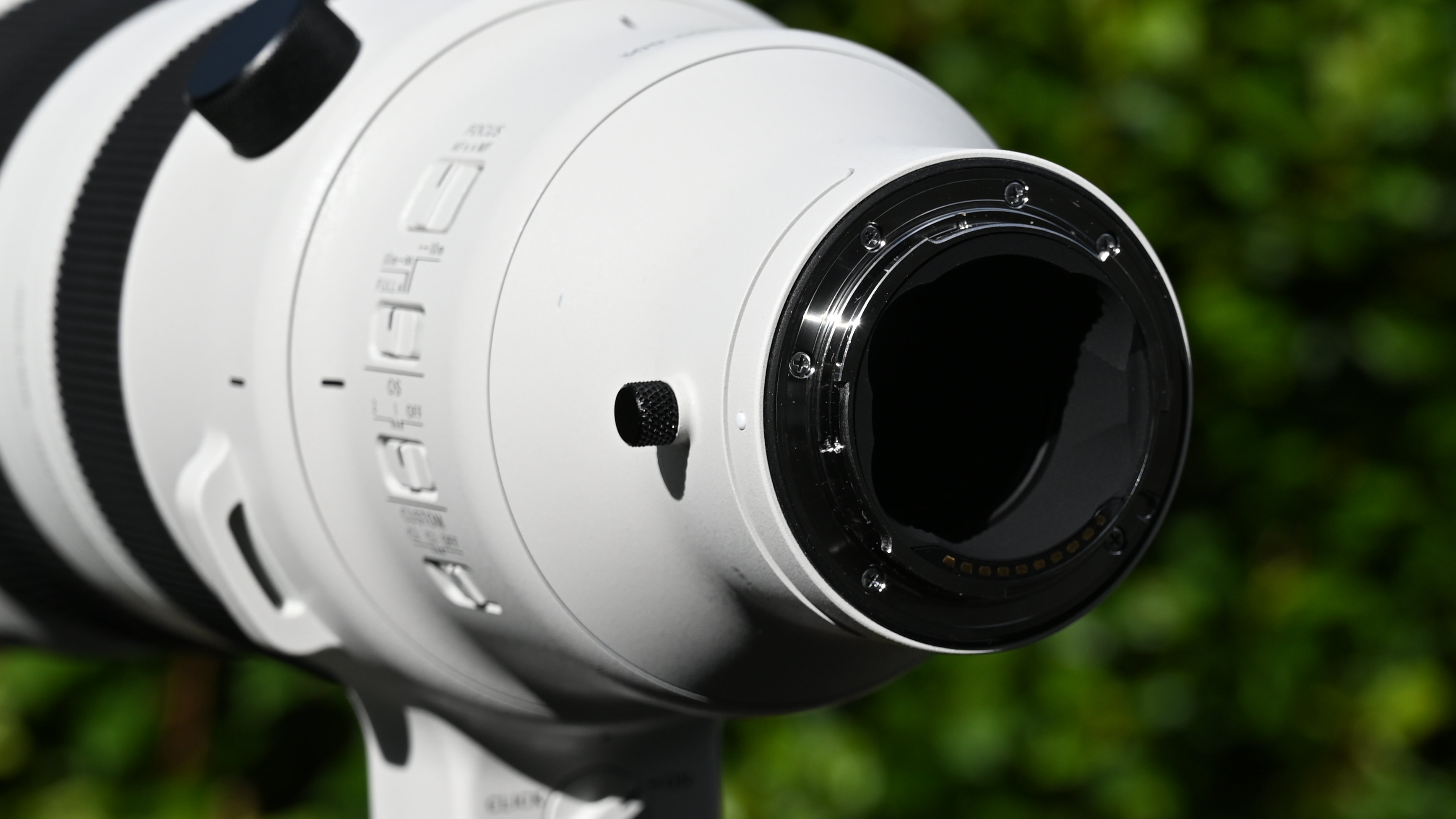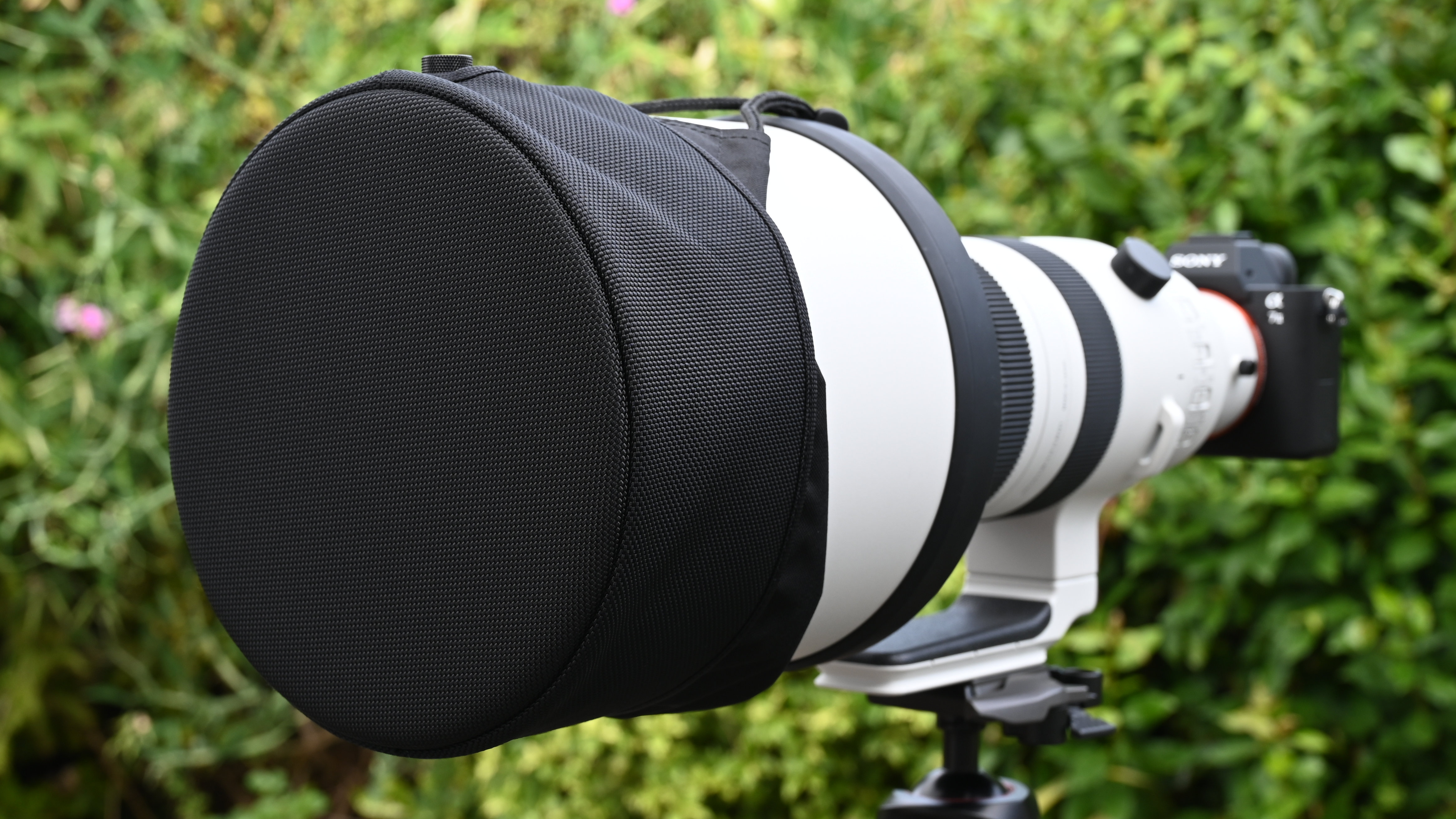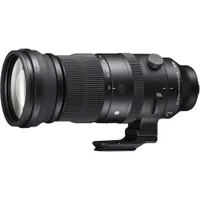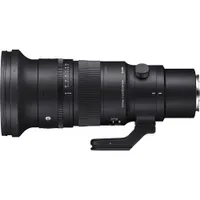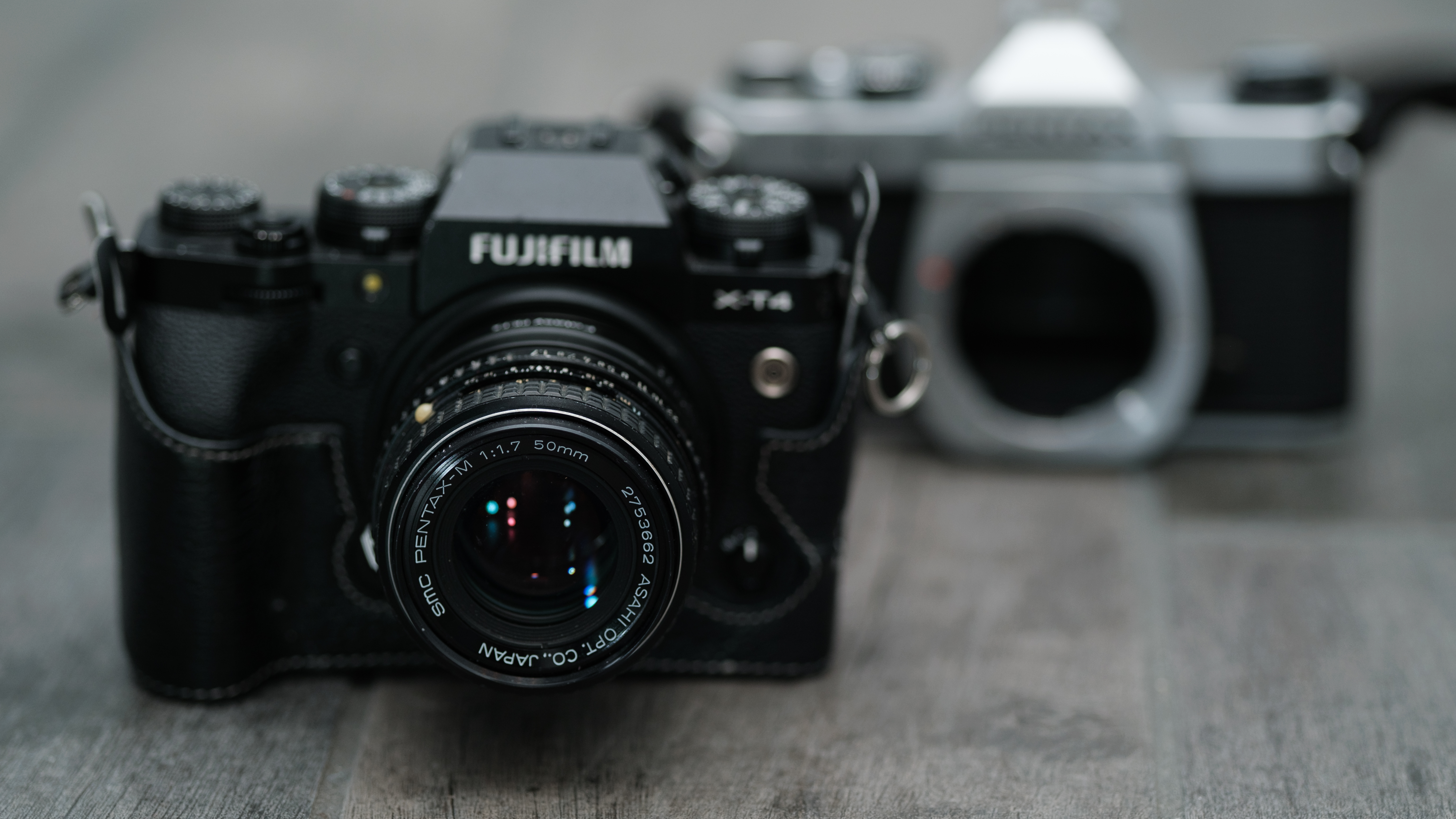Digital Camera World Verdict
The Sigma 300-600mm f/4 DG OS Sports definitely isn’t a lens to be taken lightly. It weighs the best part of 4kg / 9lb and has a similarly weighty price tag. Even so, I feel it’s actually a proper bargain for a relatively fast lens of this zoom range, effectively replacing two or three super-expensive primes. It’s an absolute dream for action, sports and wildlife photography.
Pros
- +
Powerful telephoto zoom range
- +
Constant f/4 aperture
- +
Spectacular performance
- +
Great build quality
Cons
- -
Huge
- -
Hefty
- -
High-priced
Why you can trust Digital Camera World
The Sigma 300-600mm f/4 DG OS Sports was referred to by the company's CEO, Kazuto Yamaski, as a "dream lens" – and it's easy to see why.
When it comes to telephoto reach, you often need a lens that really goes the distance for sports and wildlife photography. Depending on the mindset of the latter, you’ll either scare it away or get eaten alive if you get too close.
Both outcomes will seriously impact the results. And for freezing the action without sending your camera’s ISO into the stratosphere, as well as gaining a tight depth of field for isolating the main subject within a scene, a fast aperture is to die for.
Traditionally, lenses like the Canon RF 400mm f/2.8L IS USM and RF 600mm f/4 are the pro choice, but these cost around $13,000 and $14,000, respectively. And of course, they’re limited to one focal length.
The Sigma 300-600mm gives you powerful zooming versatility at less than half the price, along with the bonus of a constant f/4 aperture. In a nutshell, it aims to be one of the best telephoto lenses on the market, and more specifically, one of the best telephoto lenses for Sony cameras and among the best L-mount lenses. Bring it on!
Sigma 300-600mm f/4 DG OS Sports: Specifications
Mount options | Sony E (FE), L-mount |
Lens construction | 28 elements in 21 groups |
Angle of view | 8.2 to 4.1 degrees |
Diaphragm blades | 13 |
Minimum aperture | f/22 |
Minimum focus distance | 2.8m (W) 4.5m (T) |
Maximum magnification | 0.17x |
Filter size | 40.5mm drop-in |
Dimensions | 167x468mm / 6.6x18.4in |
Weight | 3,985g / 8.79lb |
Sigma 300-600mm f/4 DG OS Sports: Price
Let’s address the elephant in the room. The Sigma 300-600mm costs $6,599 / £5,899 / AU$12,995. On the face of it, that’s a very big wadge of cash.
Let’s not forget that the likes of the E-mount and L-mount Sigma 150-600mm f/5-6.3 DG DN OS Sports and the Nikon Z 180-600mm f/5.6-6.3 VR only cost a fraction of the price. There’s also the Sigma 500mm f/5.6 DG DN OS Sports in E-mount and L-mount for about half the price of Sigma’s new zoom.
The best camera deals, reviews, product advice, and unmissable photography news, direct to your inbox!
But if you feel the need for speed, a fast telephoto lens will generally cost you the big bucks. As I’ve alluded to already, some ‘prime’ examples cost about as much as a decent family car, which makes the Sigma look a downright bargain.
Sigma 300-600mm f/4 DG OS Sports: Design & Handling
The key design element of this lens is that it combines a long-reaching 300-600mm zoom range with a relatively fast and constant f/4 aperture. As such, it arguably takes the place of two or three prime lenses on one convenient and versatile package.
Sigma has something of a history in this field. I’ve recently reviewed the full-frame Sigma 28-45mm f/1.8 DG DN Art and the APS-C format Sigma 17-40mm f/1.8 DC Art. In the telephoto arena, I was impressed by the now-discontinued Sigma 120-300mm f/2.8 DG OS HSM Sports. The 300-600mm breaks new ground with its super-telephoto capabilities.
There’s no denying this is a big, hefty lens. It measures 167 x 468mm / 6.6 x 18.4in and weighs in at 3,985g / 8.79lb. But you know what? It could be worse. Fully pro-grade build quality is based on a weather-sealed magnesium alloy barrel, which helps to shed a bit of weight.
Both the zoom and focus mechanisms are fully internal, so the overall length of the lens remains fixed at all settings. That can be an important consideration if you’re using the lens with one of the best gimbal heads to support the load while enabling a free range of movement for tracking the action.
Another bonus is that the center of gravity is towards the rear of the lens, so it’s definitely not front-heavy, which improves handling. Another concession to this is that the hood is made from lightweight carbon fiber.
Autofocus is courtesy of a ‘high-thrust’ HLA (High-response Linear Actuator) motor, which drives a comparatively lightweight group of optical elements. The design, therefore, aims for the fastest possible autofocus speeds.
That can be a vital feature for this type of lens, in the context of action, sports, and wildlife photography, making all the difference between nailing a defining moment or just getting a mushy, out-of-focus image that’s only fit for the bin.
As I’d expect in this class of telephoto lens, there’s a row of four function buttons placed at 90-degree intervals around the lens. I’d typically use these for autofocus-lock, and it’s good that they fall neatly under the thumb in any shooting orientation.
A more surprising addition to the lens’ focusing prowess is that it features a new ‘function ring’. Situated just behind the AF-L buttons, this works in two optional modes. First up, you can use it in Focus Preset mode, enabling you to return instantly to a preset focus distance by turning the ring in either direction.
More excitingly, especially for videography, there’s also a ‘Power Focus Mode’ option. In this case, focus pulling is motorized, complete with dual speed options. Neatly, the limits of the motorized focus range can also be governed by the autofocus range limiter switch.
The autofocus range limiter switch itself is a 3-position affair, so you can lock out the short or long end of the range, either side of 10m, or enable the full range of travel.
Other control switches include AF/MF auto/manual focusing modes, and the facility to engage two different custom modes. I’ve seen these before on a number of Sigma lenses, enabling you to set up the likes of how visible the stabilization effect is in the viewfinder of the camera.
Optical stabilization is worth 5.5 stops right out at the long end of the zoom range. It’s a bit of a ‘must-have’ feature as far as I’m concerned, as IBIS (In-Body Image Stabilization) tends to be less effective than optical stabilization when using long telephoto lenses.
The stabilizer in this lens is based on Sigma’s latest OS2 algorithm, which was introduced a few years ago and is much more effective than the previous edition.
As is often the case, you get switchable static and panning modes. In the latter, stabilization works when panning with the lens in portrait as well as landscape orientation, and even when you’re panning on the diagonal.
When it comes to quality glass, the lens features multiple low-dispersion and high-refractive-index elements. These aim to boost sharpness, clarity, and color rendition while minimizing unwanted aberrations.
Sigma’s trusty Super Multi-layer Coating as well as high-tech Nano Porous Coating are applied to minimize ghosting and flare, and there’s a water/oil-repellant coating on the front element.
The front element is too large for the practical attachment of forward-mounted filters, so, as with many top-class, big telephoto lenses, this one has a drop-in filter holder near the rear, which accommodates 40.5mm filters.
Sigma has actually released optional 7-stop VND (Variable Neutral Density) and Circular Polarizer drop-in filters, which you can buy separately for the lens.
It's highly likely that you’ll shoot with a monopod or tripod to help take the load, so it’s a no-brainer that the lens includes a tripod mounting collar. It’s actually a particularly nice one that comes complete with 90-degree click steps and a de-click option. It also has a removable Arca-Type foot.
Other handling niceties include a lightweight carbon fiber hood that I mentioned earlier. The lens also comes with a slip-over front cover, a carrying strap that attaches to sturdy lugs on the lens barrel, and a backpack-style carrying bag. As usual with quality Sigma lenses, the mounting plate is made from hard-wearing, coated brass.
Sigma 300-600mm f/4 DG OS Sports: Performance
The performance of multiple ‘fast’ prime lenses in a single, convenient and versatile zoom seems to have become something of a catchphrase for Sigma.
Off the top of my head, the first one I remember was the now-discontinued Sigma 24-35mm f/2 DG HSM Art for Canon and Nikon DSLRs, which claimed to replace fast 24mm, 28mm and 35mm fast primes in one package, about 10 years previous to the 300-600mm lens. And sure enough, the aperture of f/4 really is fast for a telephoto zoom that stretches all the way to 600mm.
Let’s kick off with tracking the action. Throughout my testing, I found that autofocus was super-fast and well able to keep pace with briskly moving subjects. It was also consistently accurate, giving me a great hit rate of keepers. Another major boost for the hit rate is the optical image stabilizer, which is highly effective in both static and panning modes.
Sharpness itself is excellent, even when shooting wide-open at f/4. Especially towards the long end of the zoom range, the widest aperture delivers a tight depth of field, further accentuating the need for consistently accurate focusing. And while sharpness is deeply satisfying, the quality of bokeh is also nice and smooth.
Stopping down to f/5.6 improves sharpness right out to the edges and corners of the image frame. Depth of field is also slightly increased, more so if you zoom out to shorter focal lengths, as shown in the image below.
Sigma 300-600mm f/4 DG OS Sports: Sample Images
The following gallery of example shots was taken mostly at the Bristol Floating Harbour in the UK, and features images of static and moving subjects. There are also a few example shots of birds and scenery at the Chew Valley Lake in the English county of Somerset.
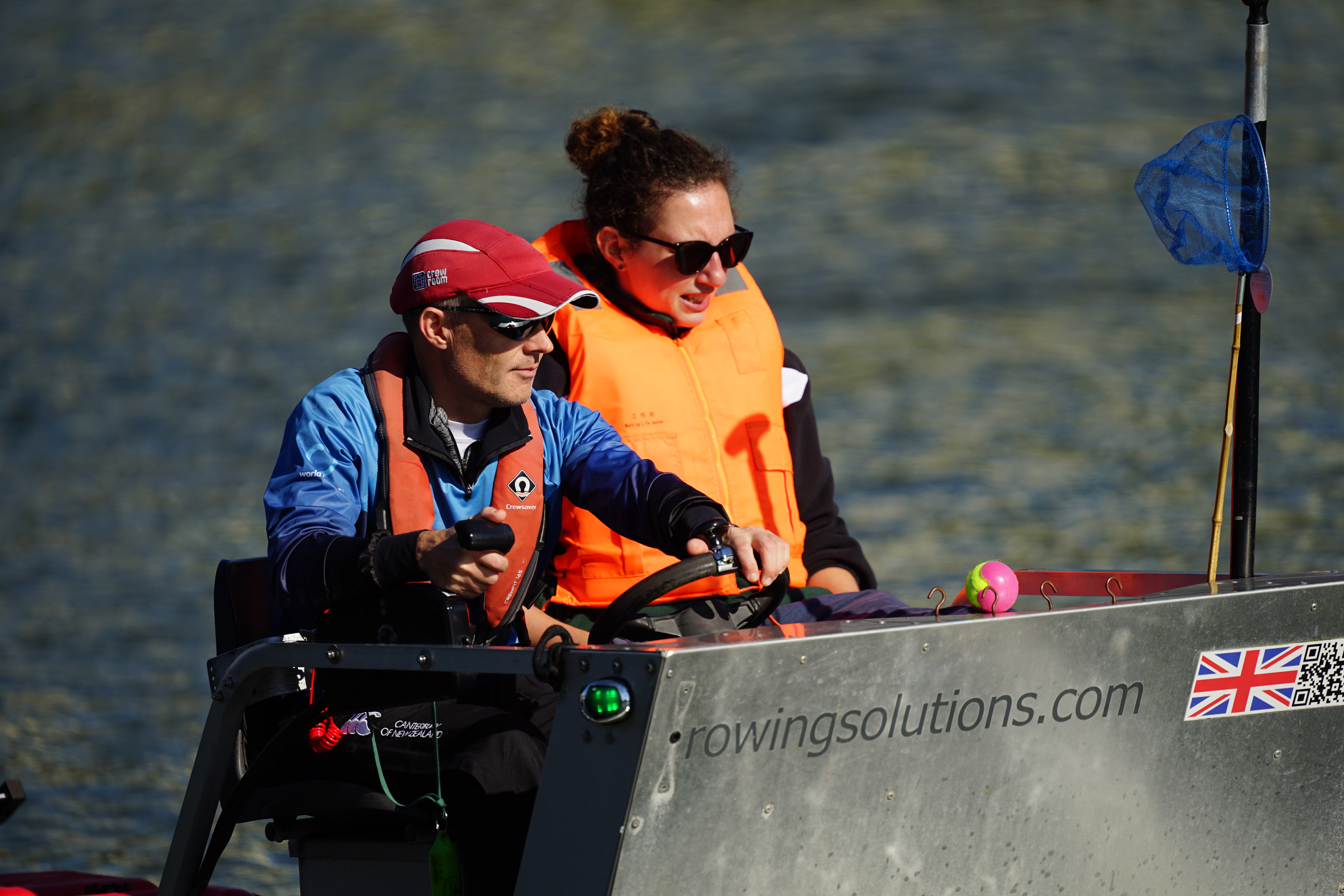
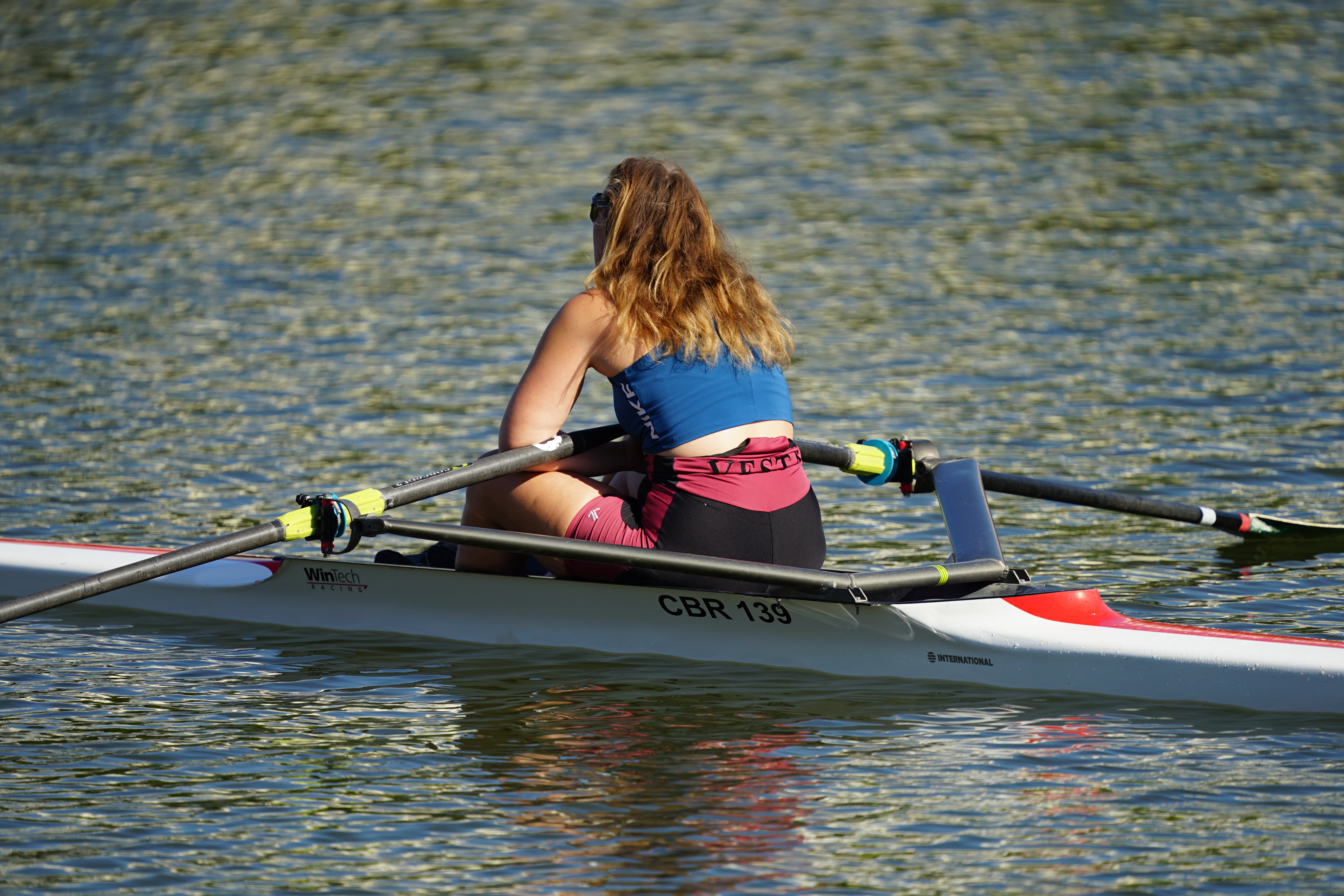
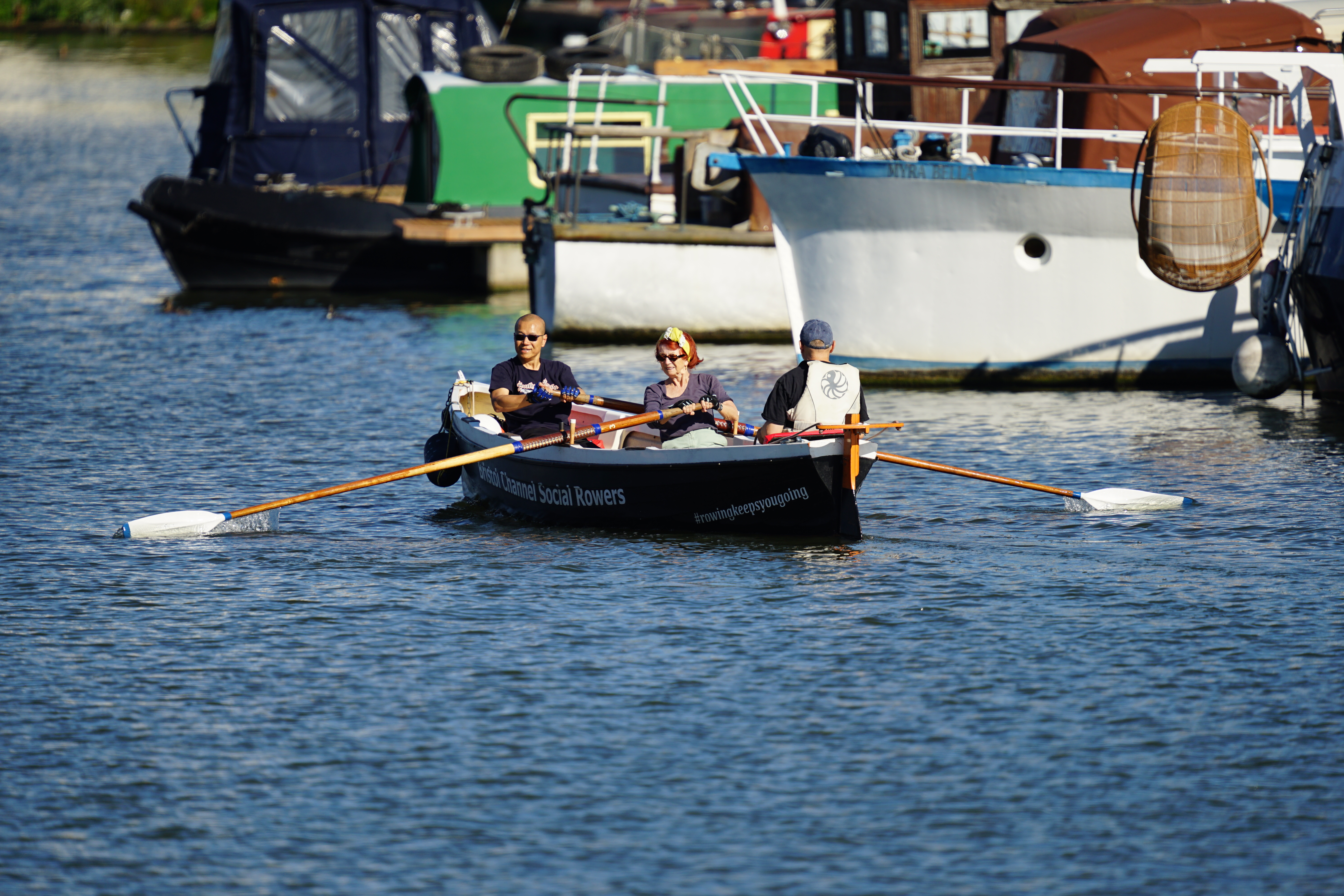



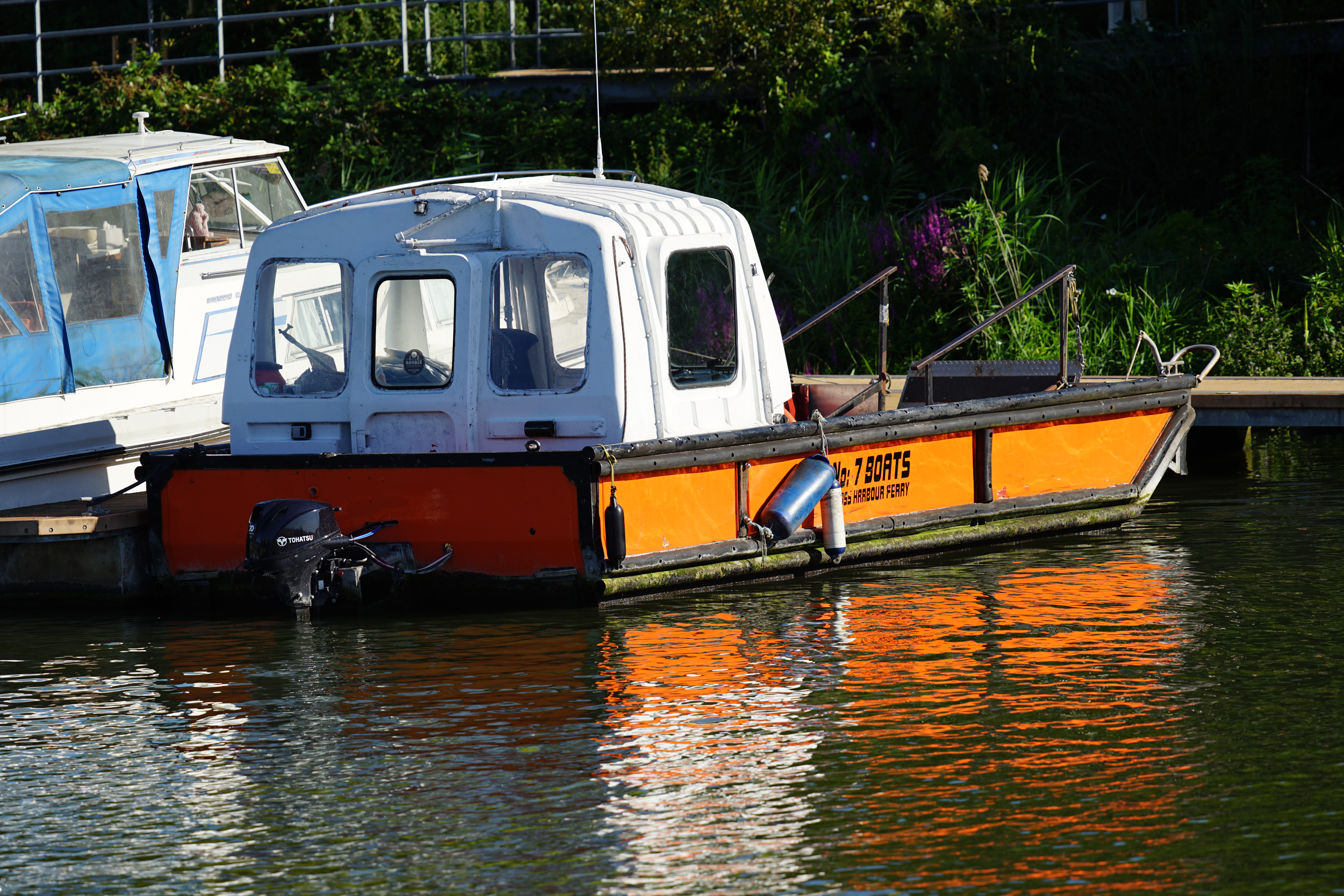







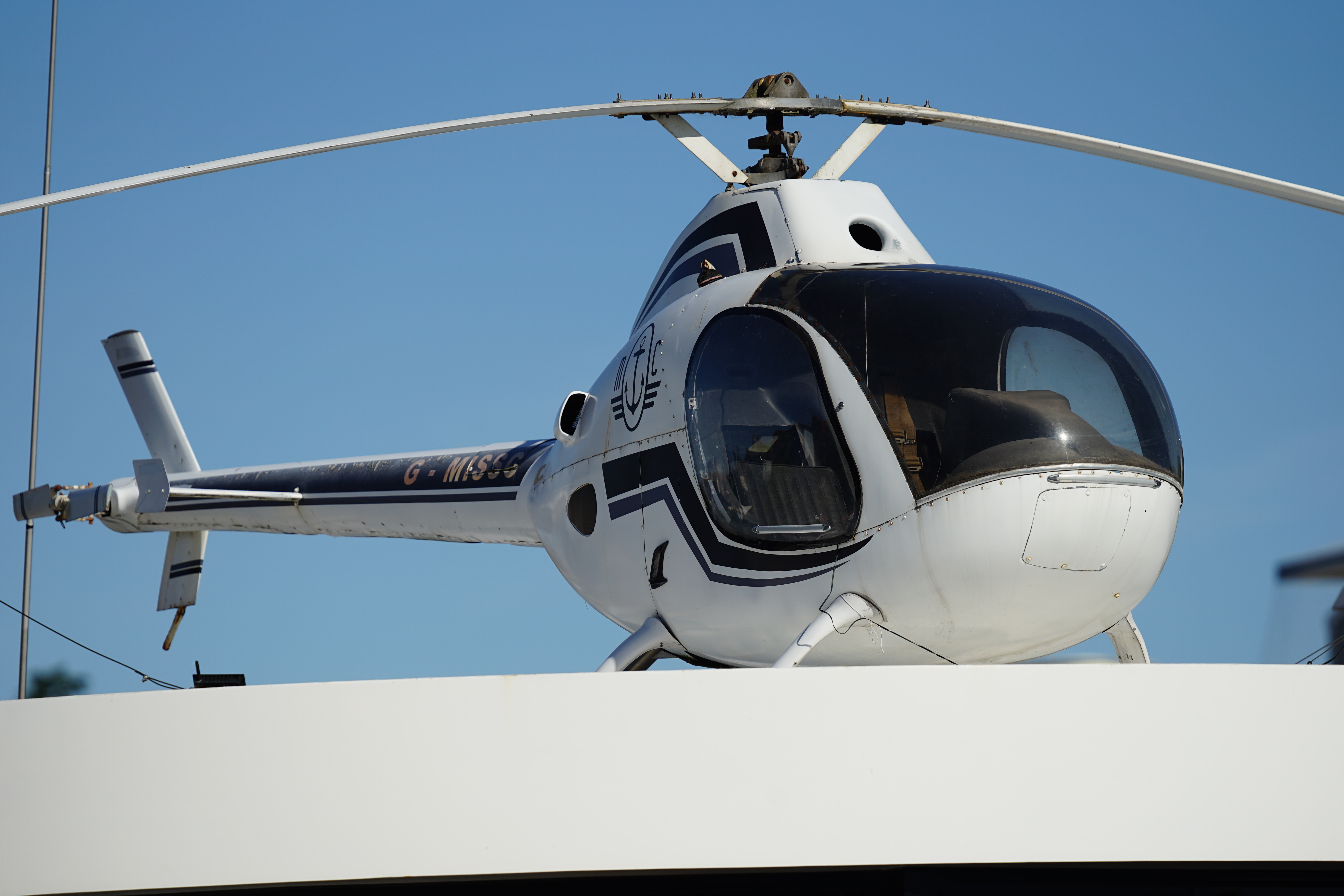

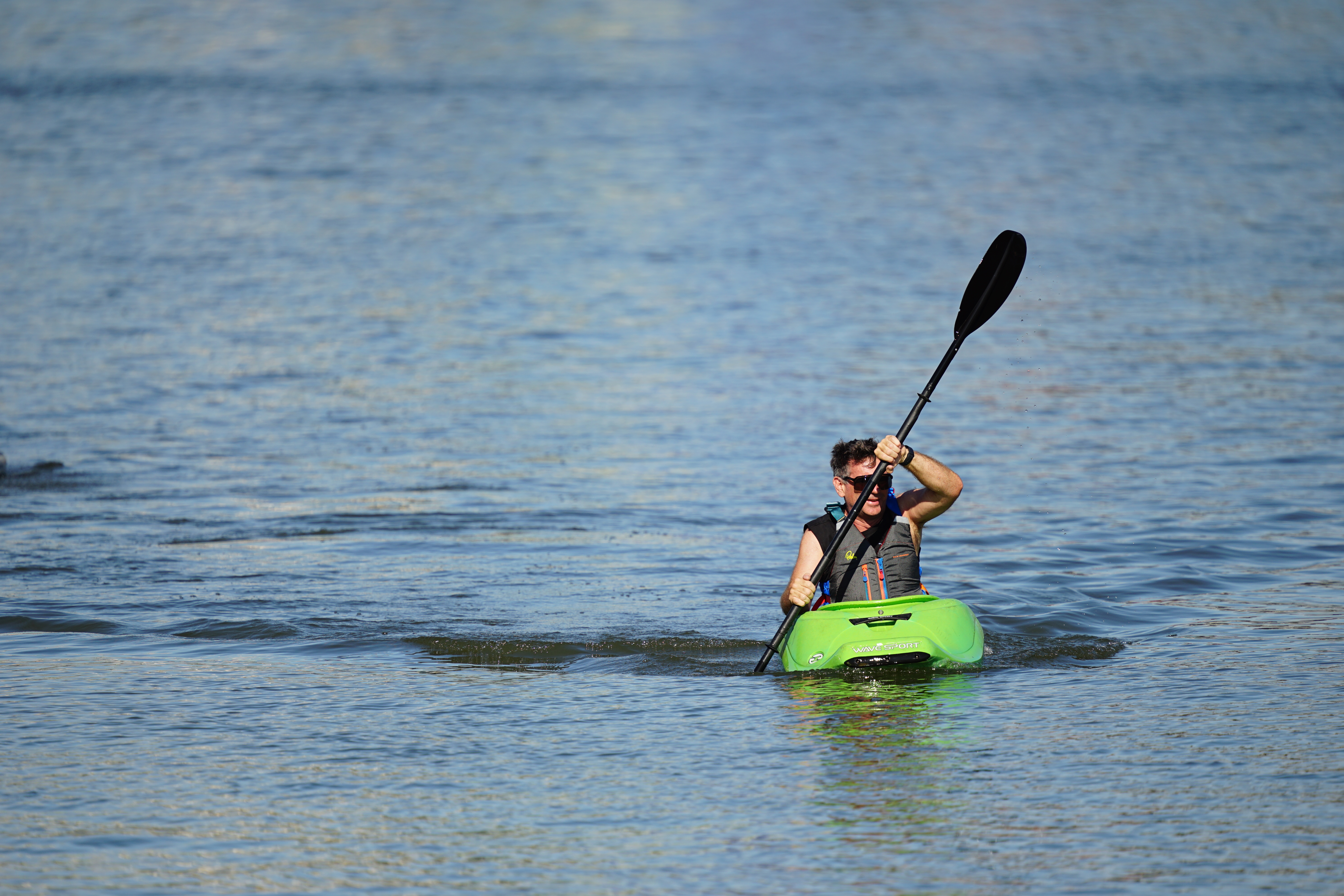
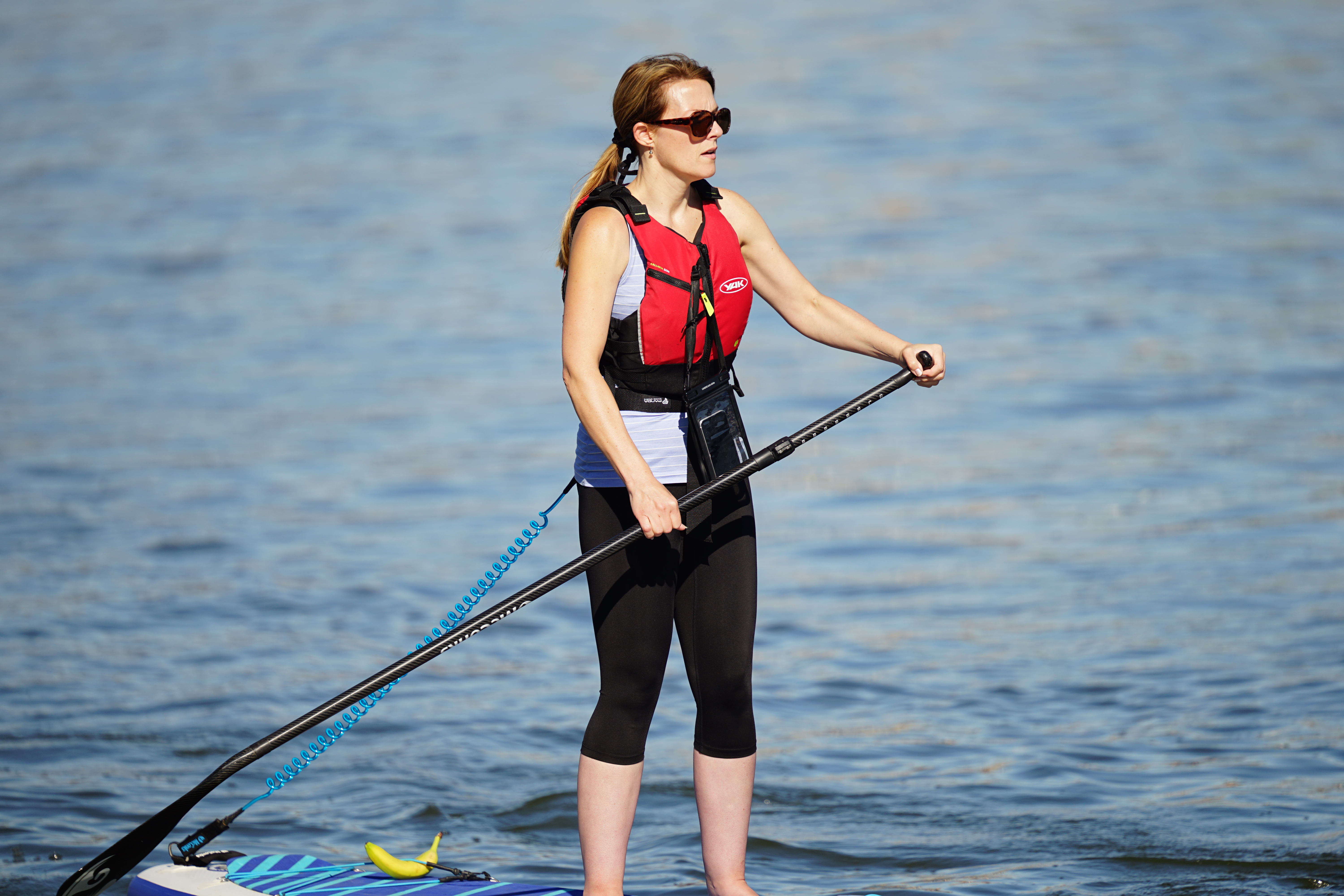
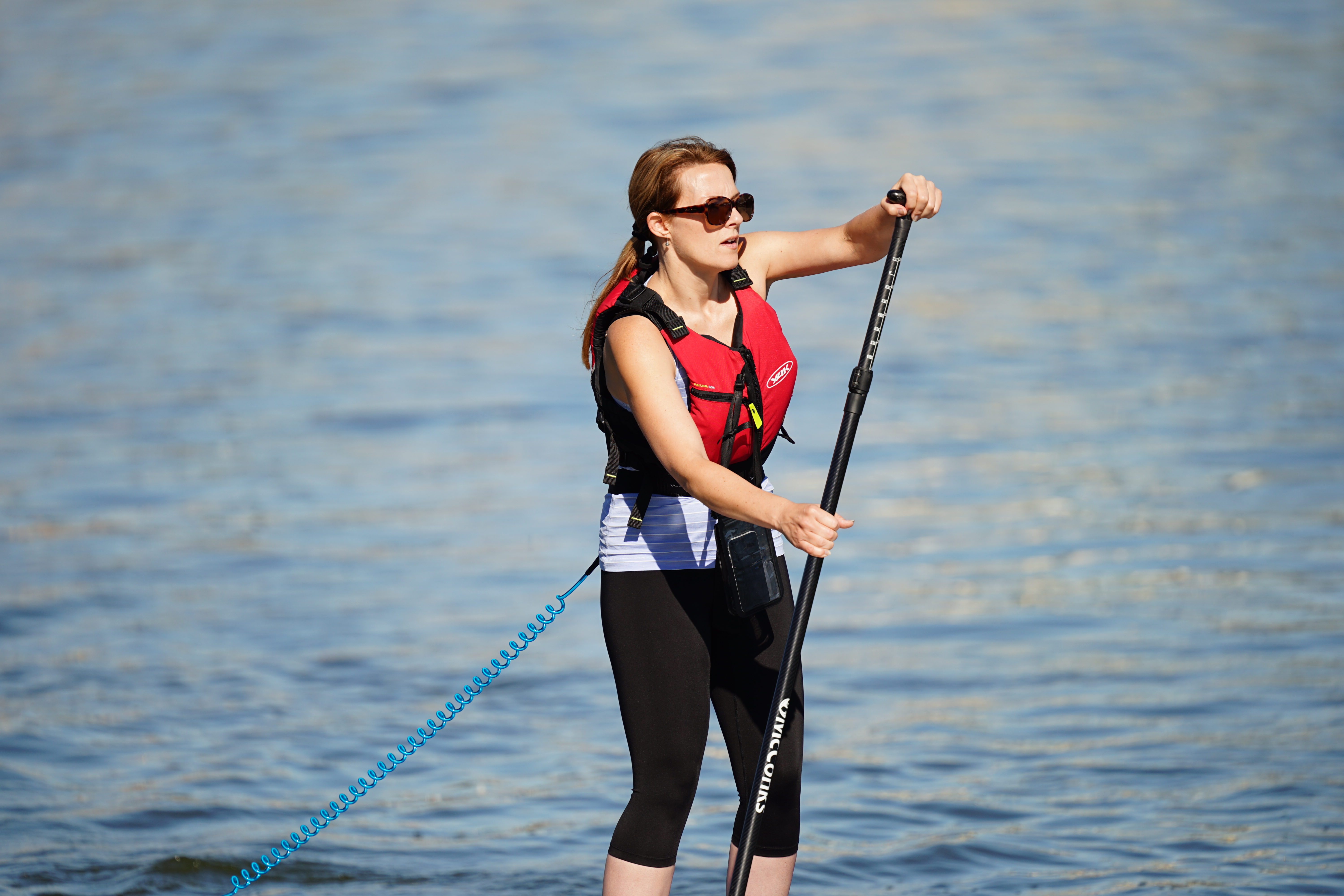
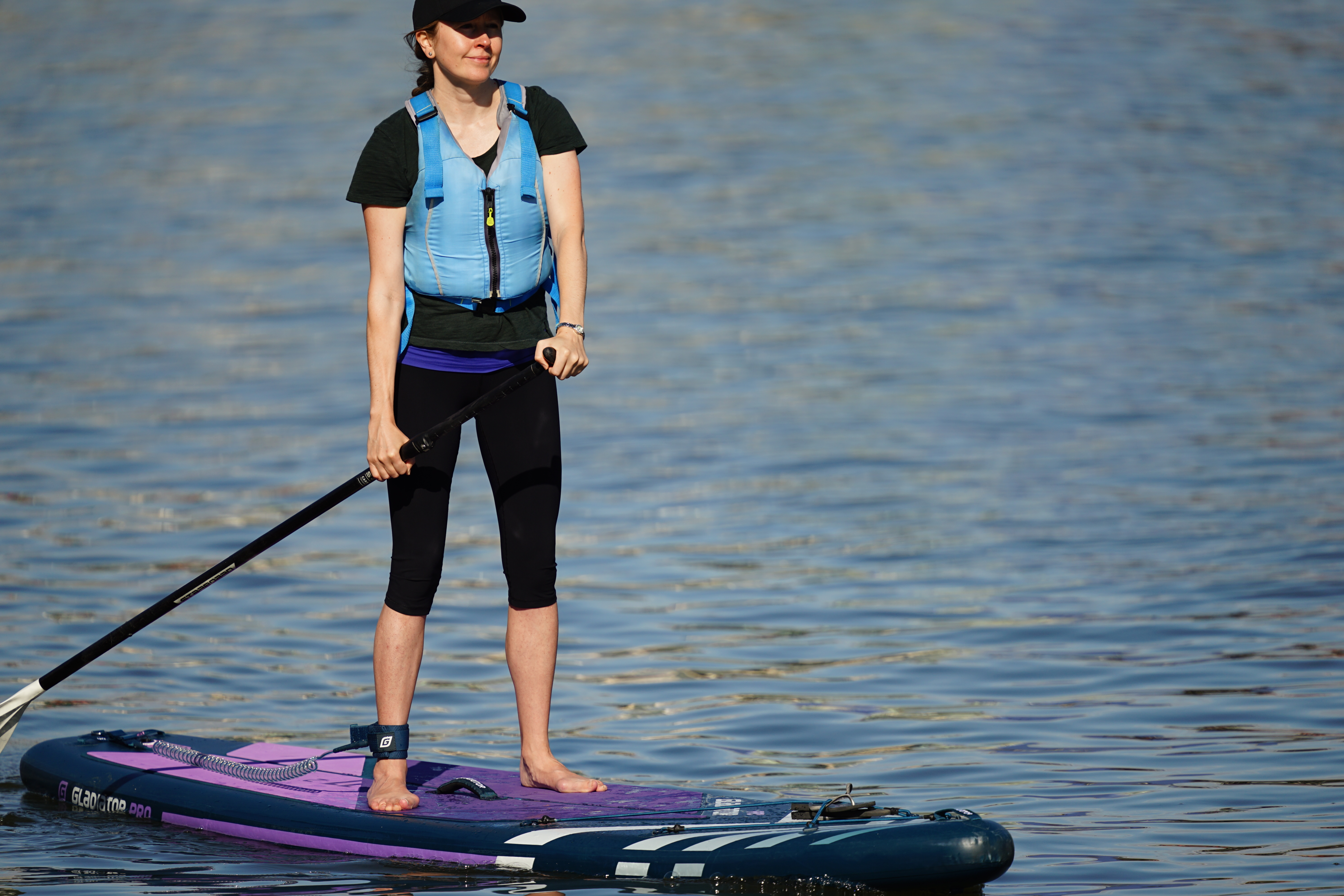









Sigma 300-600mm f/4 DG OS Sports: Lab Results
We run a range of lab tests under controlled conditions, using the Imatest Master testing suite. Photos of test charts are taken across the range of apertures and zooms (where available), then analyzed for sharpness, distortion and chromatic aberrations.
We use Imatest SFR (spatial frequency response) charts and analysis software to plot lens resolution at the center of the image frame, corners and mid-point distances, across the range of aperture settings and, with zoom lenses, at four different focal lengths. The tests also measure distortion and color fringing (chromatic aberration).
Sharpness:
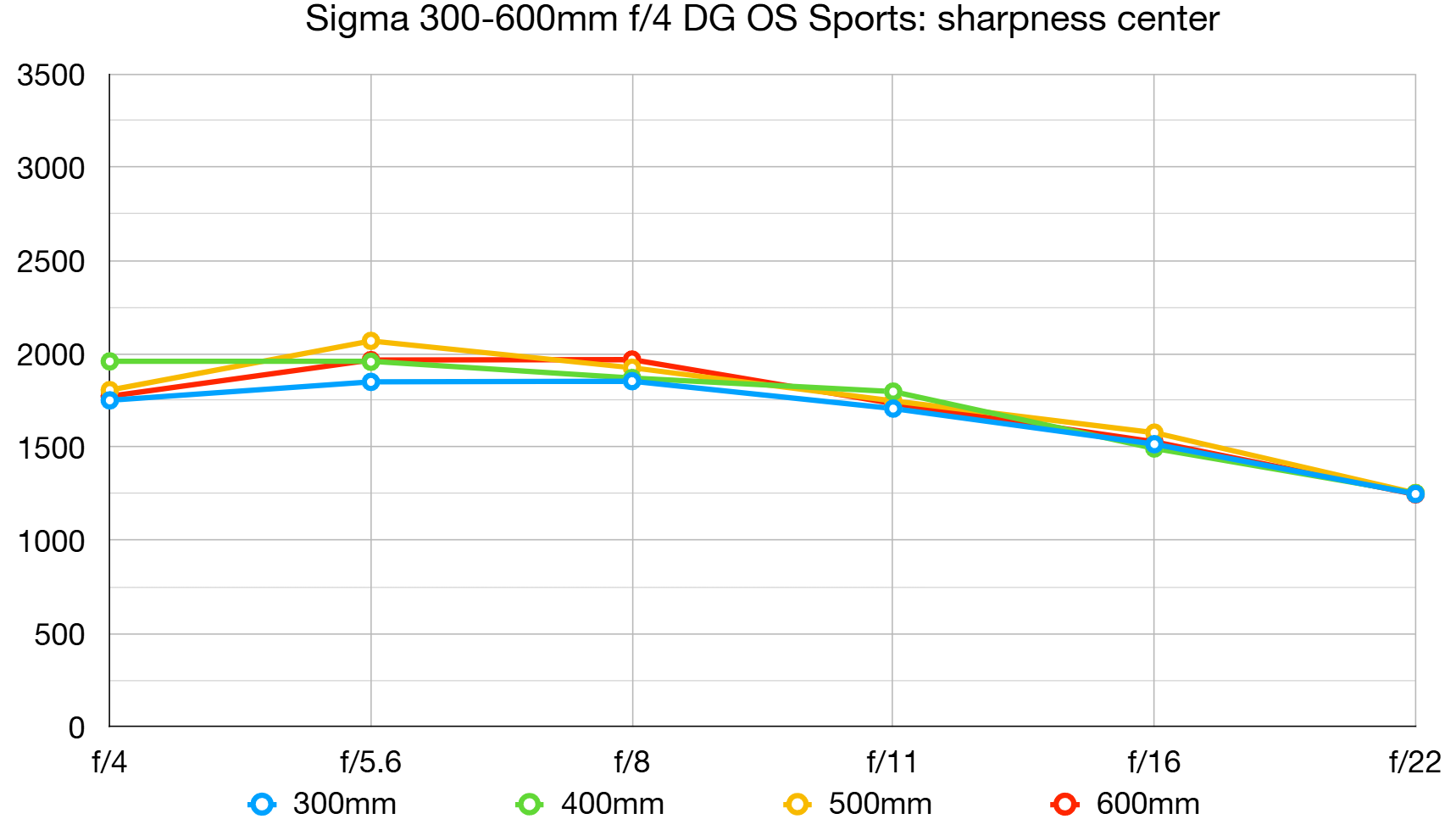
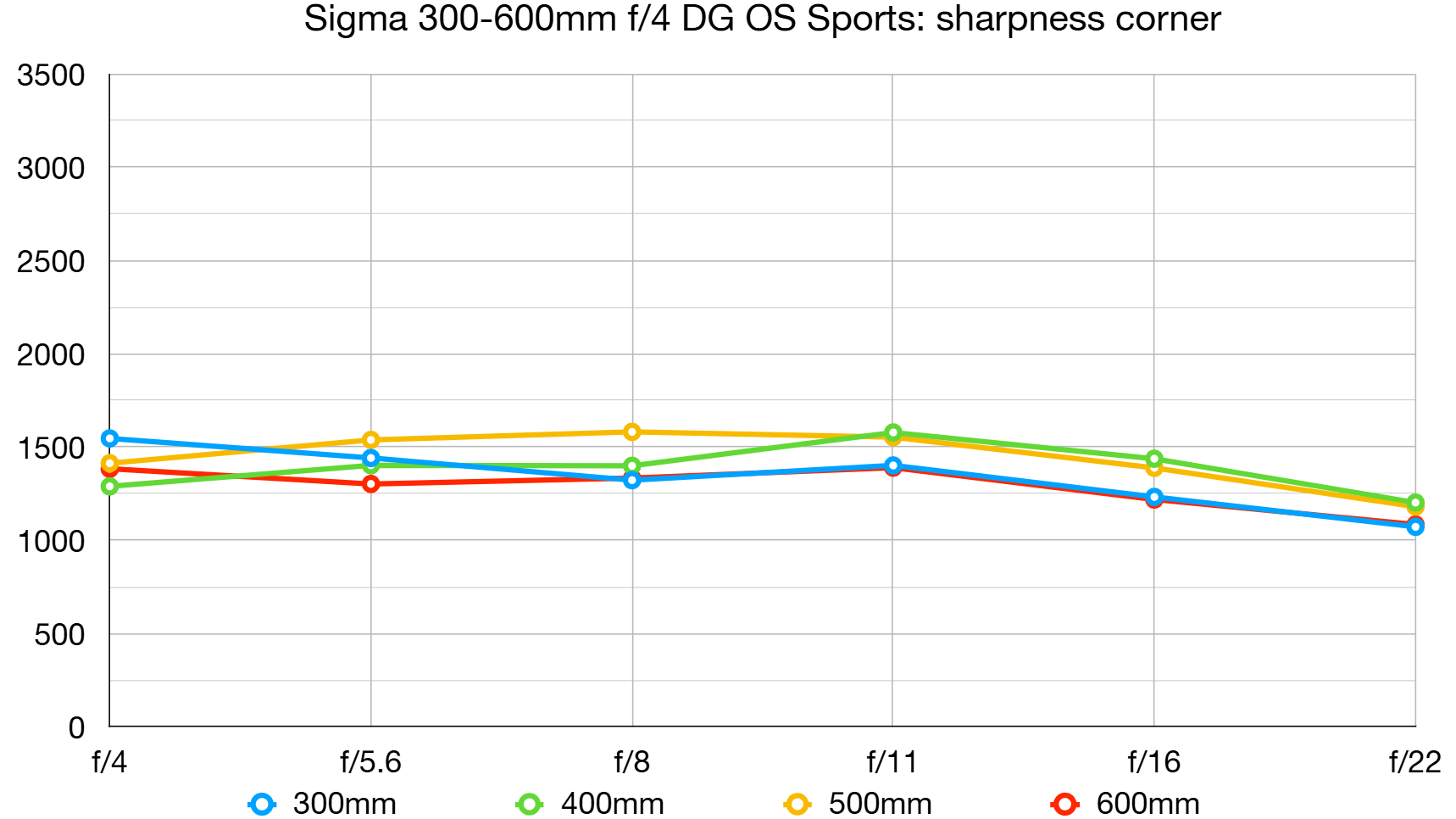
There’s a slight drop in center-sharpness when shooting wide-open at f/4, at most zoom settings. Edge/corner sharpness also drops off a little at focal lengths of 400mm and 600mm. Even so, levels of sharpness remain very impressive right across the whole image frame, throughout the entire zoom range.
Fringing:
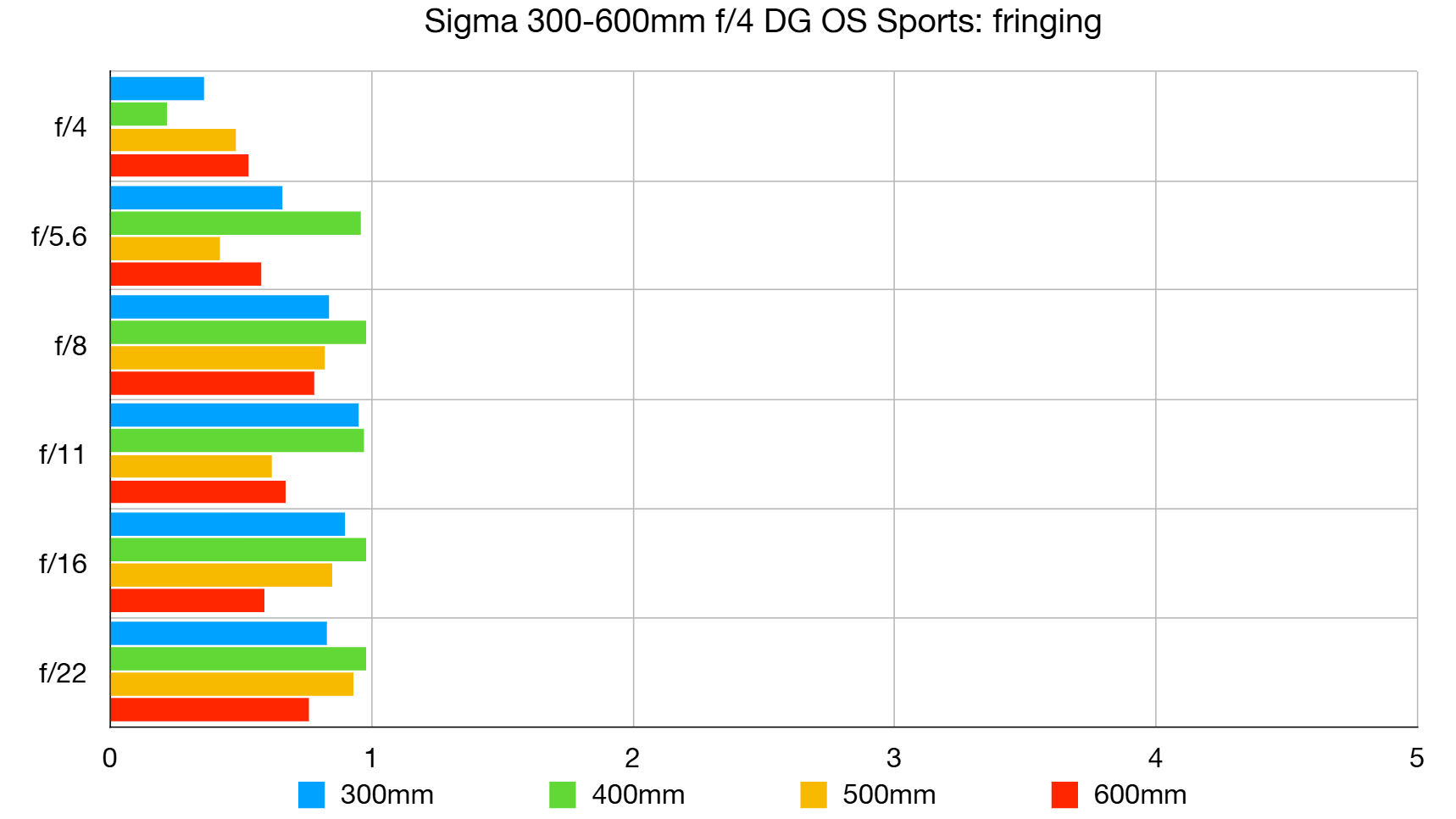
Color fringing is negligible at all combinations of focal length and aperture setting, from the center of the image frame right out to the extreme edges and corners. Performance is excellent in this respect.
Distortion:

There’s a slight touch of pincushion distortion at all focal lengths, from 300mm right up to the maximum of 600mm. However, it’s of a very low order and generally hard to spot, even with automatic in-camera correction disabled.
Sigma 300-600mm f/4 DG OS Sports: Verdict
People sometimes get a bit scriptural and say ‘there’s nothing new under the sun’. There’s certainly no denying that new breeds of lenses are very few and far between, while there are ‘me too’ optics aplenty. Sigma has a bit of a habit of breaking the mold and coming up with fresh glass that offers something genuinely innovative – even unique.
The Sigma 300-600mm f/4 DG OS Sports is a good case in point. It really is like two or three telephoto and super-telephoto prime lenses rolled into one magnesium alloy casing. And for ‘under the sun’, it even features thermally insulating paint. It’s simply a terrific lens for shooting action, sports, wildlife, air shows, and more besides.
Sure, it’s big, heavy, and expensive, but that’s the nature of the beast. And if this Sigma lens had a Canon or Nikon badge on it, I wouldn’t be surprised to see it costing twice the price, which makes it quite the bargain. Top marks!
Features ★★★★★ | Top-end features include that relatively fast f/4 constant aperture, super-fast autofocus, 5.5-stop optical stabilization and an autofocus range limiter. |
Design ★★★★★ | The excellent design includes fully internal zoom and focus mechanisms, a tough magnesium alloy, weather-sealed build, great handling extras and a carbon fiber hood. |
Performance ★★★★★ | Pro-grade glass couples with HLA autofocus and highly-effective optical stabilization to deliver superb image quality with a great hit rate. |
Value ★★★★★ | There’s no denying this is a very expensive lens but, in the context of fast super-telephoto prime lenses, it’s an absolute bargain. |
Alternatives
The Sigma 150-600mm f/5-6.3 DG DN OS Sports is the reinvention of one of my all-time favorite super-telephoto zooms, this time for mirrorless Sony and L-mount mirrorless cameras instead of Canon and Nikon DSLRs. It’s substantially lighter than the original, weighing in at 2,100g.
The Sigma 500mm f/5.6 DG DN OS Sports represents another redesign of a favorite lens for Canon and Nikon DSLRs, the second incarnation being for Sony and L-mount mirrorless cameras. It’s s super-duper super-telephoto prime but still an f/stop slower than the new 300-600mm zoom.
Matthew Richards is a photographer and journalist who has spent years using and reviewing all manner of photo gear. He is Digital Camera World's principal lens reviewer – and has tested more primes and zooms than most people have had hot dinners!
His expertise with equipment doesn’t end there, though. He is also an encyclopedia when it comes to all manner of cameras, camera holsters and bags, flashguns, tripods and heads, printers, papers and inks, and just about anything imaging-related.
In an earlier life he was a broadcast engineer at the BBC, as well as a former editor of PC Guide.
You must confirm your public display name before commenting
Please logout and then login again, you will then be prompted to enter your display name.
